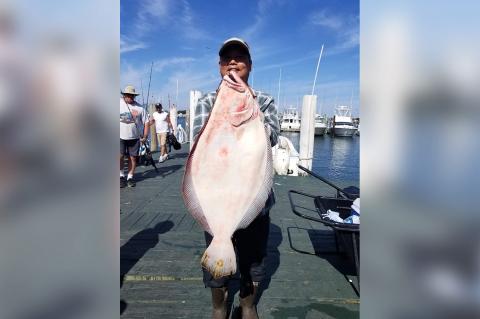Baby bluefish, also known as snappers in these parts, have arrived en masse. The annual invasion of the sporty little fish is evident at every dock, wharf, and bulkhead on the East End.
Outdoors
We have reached a point in the world’s development when species will be lost at a faster rate than evolution can compensate for.
While we are still in the summer season, early Saturday morning in Montauk Harbor felt as if a faint hint of September were in the air. A cold front had passed through a few hours earlier and the breeze was coming from the cooler and drier northwest.
Impairment means the water body is high in nutrients (nitrogen compounds and phosphates, for example), algae-ridden, high in intestinal bacteria such as enterococcus and coliform bacterium, or unsafe to swim in.
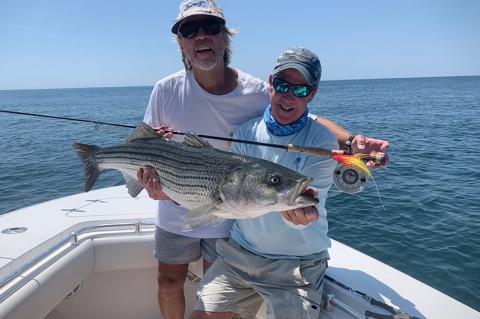 Sharks Get Their Close-Up
Sharks Get Their Close-UpOnce again, sharks have been making headline news. Whether it’s an aerial photo of one lurking close to a popular beach, a scrape with a bather, or a specimen caught from shore, every incident seems to be amplified on social media and other platforms more than ever before.
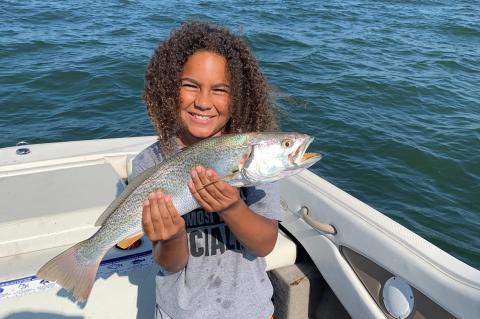 Chumming on the High Seas
Chumming on the High SeasOn the drive east to Montauk early Friday morning, pale pink hues of the developing sunrise could be seen over the sand dunes alongside the Napeague stretch. Would the fish be on the chew? Only time would tell.
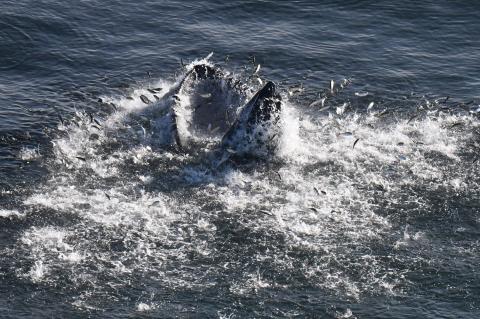 Nature Notes: Whales, Ho!
Nature Notes: Whales, Ho!The dead adult humpback whale towed to the Montauk ocean beach last week is just one of several humpbacks that we have been reading about this year in the local newspapers. There have been many sightings offshore and even in Great South Bay and other estuarine water bodies.
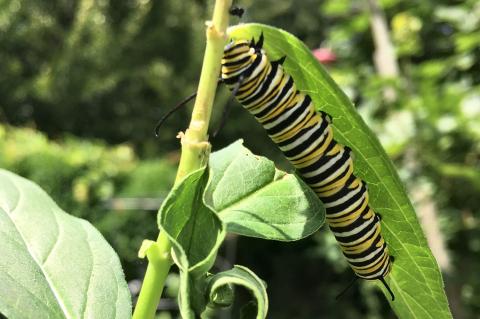 Nature Notes: Heating Up
Nature Notes: Heating UpIt was so hot that nature at night overwhelmed nature during the day. On the evening of July 16, for one example, during Dai Dayton’s full moon walk, the trees and wetlands were alive with the sounds of tree crickets and tree frogs and the air was alive with fireflies.
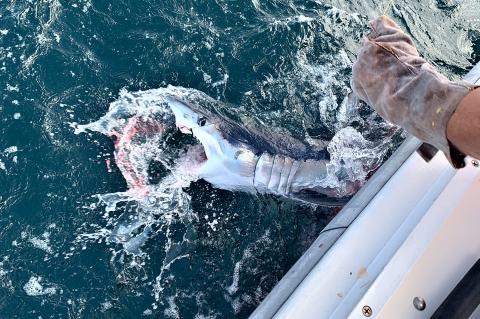 Lobster Boil on the Go
Lobster Boil on the GoLast weekend’s heatwave reminded me why I went to college in Buffalo and not to the palm-fringed campus of the University of Florida. It wasn’t just for the education, but also to enjoy the snow, bitterly cold winds, and to play ice hockey as much as I could. Sounds weird, eh?
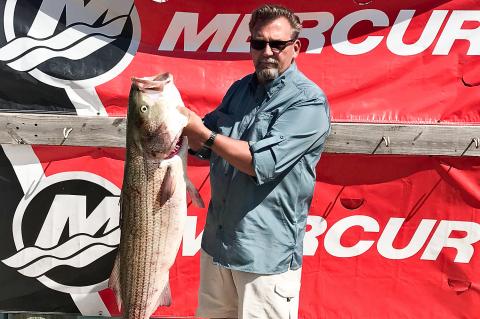 On the Water: Tourney Time Again
On the Water: Tourney Time AgainThe calendar reminded me that it was time to get back on the water, grab my rod and reel, and partake of the 19th annual Mercury Grand Slam tournament last weekend out of Montauk.
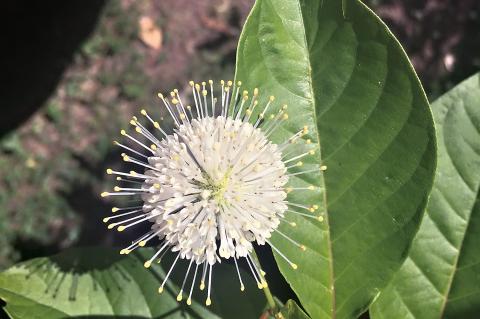 Nature Notes: Outrun by Summer
Nature Notes: Outrun by SummerHot, Hot, Hot! Cars, Cars, Cars! Nothing to do but grin and bear it, and observe nature.
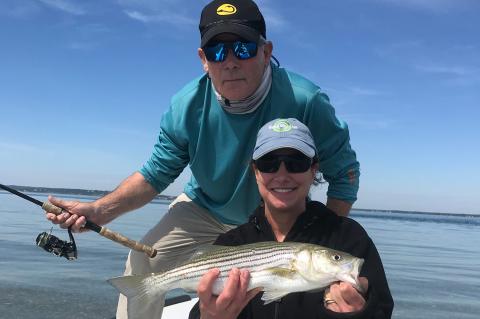 Bedlam on Land and Sea
Bedlam on Land and SeaWhat was I thinking?
This column, penned for so many decades by various writers in this long-established newspaper, has been aptly named “On the Water.” It’s a pretty clear and accurate description of its intended content and hopefully the audience appreciates its narrative for better or worse.
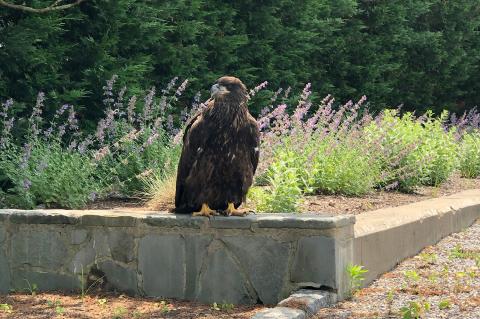 Nature Notes: Birds Have It Right
Nature Notes: Birds Have It RightAll of a sudden it’s July and the traffic is more ferocious than ever. One of the silly things I have indulged myself in is counting the vehicles that whiz by my front window on Noyac Road, the second busiest road on the South Fork. I’ve been doing it since the mid-1980s. The protocol I used is the number of vehicles going east and west during two consecutive four-minute periods. I was anxious to see if the AAA’s projection for travel during the holidays of more than 40 million vehicle trippers had any basis in fact. At any rate, on July 3 shortly after 3 p.m., I counted the most vehicles ever. Based on the number going east and west in eight minutes, the projected hourly rate was 1,575 vehicles per hour, the kind of count one might expect for the Long Island Expressway at a point where Suffolk County and Nassau County meet.
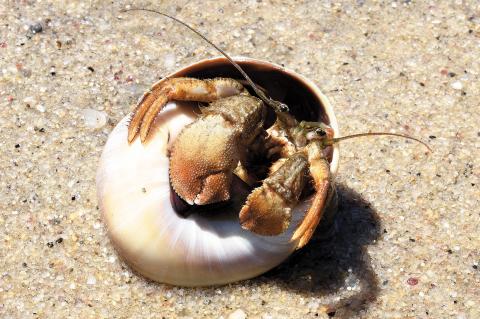 Nature Notes: Nature's Puzzles
Nature Notes: Nature's PuzzlesHere it is half the year gone and I understand less about nature while studying it more. Friday evening was the perfect night for studying the flashes of the fireflies. It was calm, only partly cloudy, and gray tree frogs were singing from the wet spots.
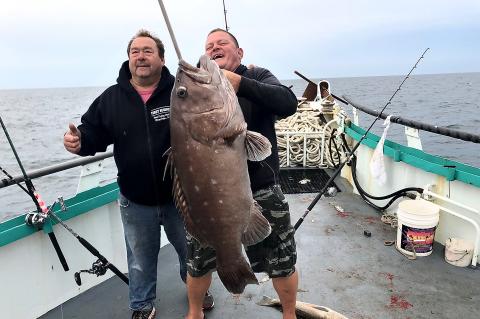 The Fourth of July Blues
The Fourth of July BluesIt’s been an unusual season for the normally reliable bluefish this year. Catches were scarce in many locales the past two months, and the fish showed up only a week or so ago in Noyac Bay. Usually they could be found as early as the first week of May in this area.
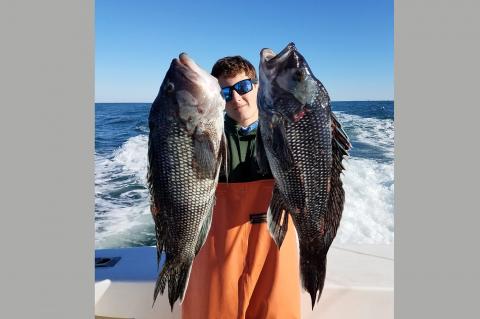 Black Gold, at Last
Black Gold, at LastAfter months of eager anticipation, the black sea bass season in New York finally opened on Sunday. While anglers in New Jersey and Connecticut have been allowed to retain the popular fish as of May 15 and 19 respectively, folks in New York have had to sit on the sidelines while their nearby neighbors have enjoyed bountiful catches for over a month. To rub salt in the wound, Jersey anglers could keep 10 fish per day, while those in the Nutmeg State could retain five. A huge, if unfair, advantage.
On Sunday night at 8 o’clock I began watching out of my front window on Noyac Road in anticipation of the firefly show to begin. The first flash down low in the herbage at 8:46 started what would become a barrage of flares, 127 of which I tallied until 9, when I stopped.
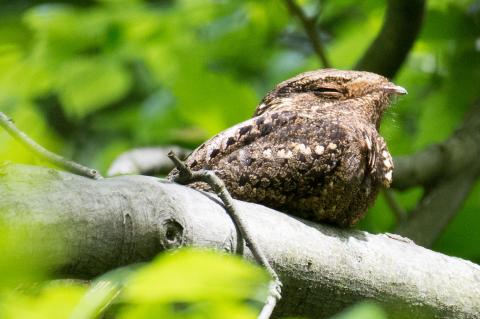 Nature Notes: Whippoorwill Watch
Nature Notes: Whippoorwill WatchWhippoorwills were once common throughout the woods of Southampton and East Hampton, especially in Wainscott, which is the center of the South Fork’s oak and pitch pine forest.
 When the Worm Turns
When the Worm TurnsThere certainly have been a lot of headlines about tension between the United States and China of late. Trade and tariff warfare have captured most of the attention, and it appears that this ongoing squabble is not about to end anytime soon.
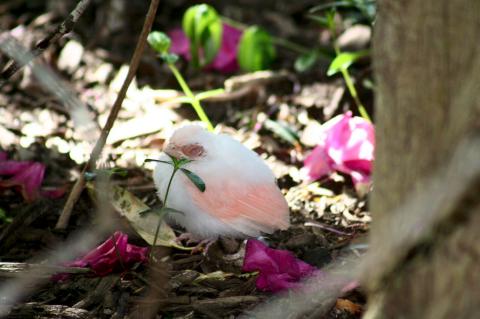 Nature Notes: The Birds and the Bugs
Nature Notes: The Birds and the BugsAnother week, another step toward summer. Sunday was pleasant, and I took a ride into Wainscott south of East Hampton Airport and explored the woods and shoulders, hoping for a lupine or two. I did find several wildflowers blooming, but not a single lupine, nor the remnants of any bird’s-foot violets, which would have been blooming several weeks ago.
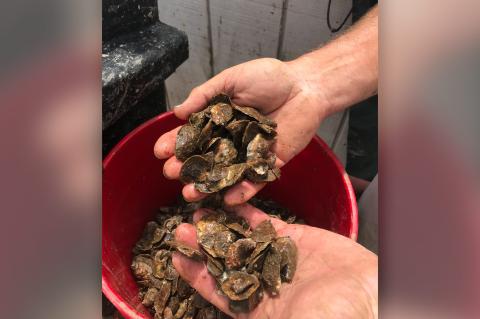 Trading on Oyster Futures
Trading on Oyster FuturesGold is alluring to just about anyone and will always be categorized as a very precious metal, valued at its market price on the commodities trading floor. Gold is golden. It’s a given.
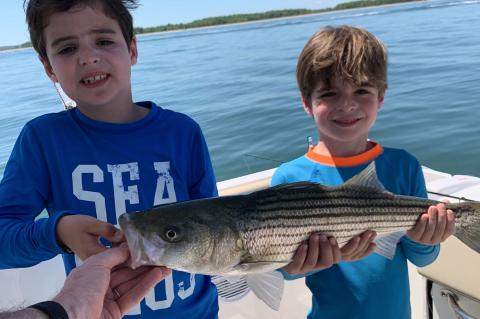 Don’t Blame the Weatherman
Don’t Blame the WeathermanWhen it comes to the weather, I sometimes think that the Nobel Laureate Bob Dylan summed it up just right: “You don’t need a weatherman to know which way the wind blows.” It is famously featured in his song “Subterranean Homesick Blues.” While Dylan does not hold a degree in meteorology, it’s kind of hard to argue with the meaning of those simple lyrics he penned over 50 years ago.
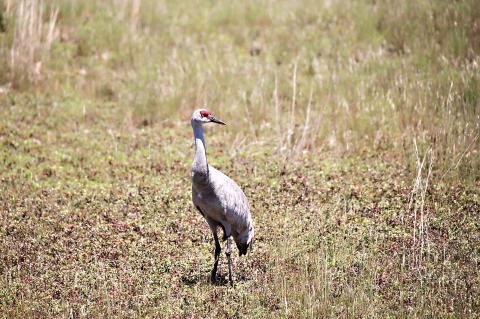 Nature Notes: Sandhill Crane Here
Nature Notes: Sandhill Crane HereLast week was a busy one on the South Fork. I received an email with a photo from Mariah Whitmore of a sandhill crane near Multi Aquaculture Systems on Napeague. I immediately informed Terry Sullivan and a few other birders. Terry went out to see shortly after and came back with more wonderful pictures of the crane. Readers of “Nature Notes” may recall reading about the last sandhill crane to visit the South Fork a few years ago, accompanied by Terry’s photo of it.
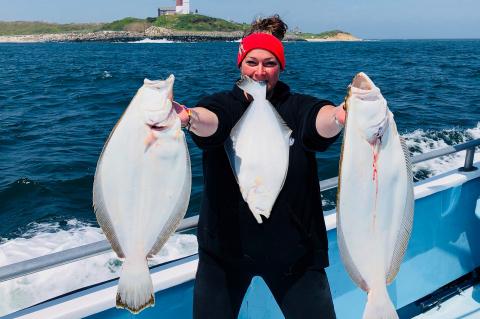 It's Tournament Time
It's Tournament TimeFishing is sometimes a gamble. Some days you are the hero, and the next outing you can be found sulking and wondering where the fish went. There are never any guarantees when you drop a baited hook and line. Fish markets make their livelihood this way.
For those entering a tournament, whether it be for a tiny flounder or a giant bluefin tuna nearing 1,000 pounds, the competition can be intense no matter the quarry at hand. And with that, a number of tournaments adorn the upcoming calendar for those seeking not only a tasty dinner, but a little extra cash in the pocket.
It is Monday evening. The Memorial Day weekend is over. The weather was grand. At noon traffic was streaming west past my house on Noyac Road at a rate of 961 vehicles per hour, presumably most of them were returning home to spots west of the South Fork. I took a ride around after 4 to parts east, mostly in East Hampton.
 For the New York Crowd
For the New York CrowdStriped bass have been running plentiful of late in the Peconics. A nice slug of fish, feasting on an abundance of menhaden, also known as bunker, has made catching a keeper-size fish a rather easy accomplishment.
All of a sudden it’s hot and humid, the time when all hell breaks loose in nature: eagles feeding their chicks, spring peepers crawling out of the water to climb trees, alewives spawning.
 An Embarrassment of Riches
An Embarrassment of RichesWith the arrival of the month of May, for anglers of either the salt or freshwater ilk, it can be difficult to decide what to fish for on any particular day.
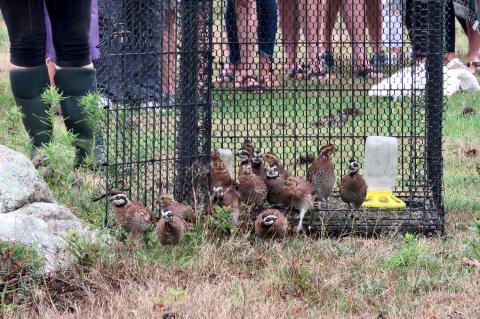 Nature Notes: Call of the Bobwhite
Nature Notes: Call of the BobwhiteThere were bobwhites around throughout my youth on the North Fork, but today, on the South Fork too, you almost never hear their telltale call.
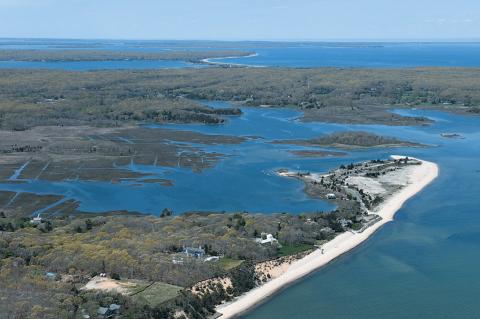 Concerned Citizens Water Sampling Expanded
Concerned Citizens Water Sampling ExpandedAccabonac Harbor in Springs and Northwest Creek in East Hampton will receive a new degree of scrutiny after an expansion of a water testing program run by Concerned Citizens of Montauk.

